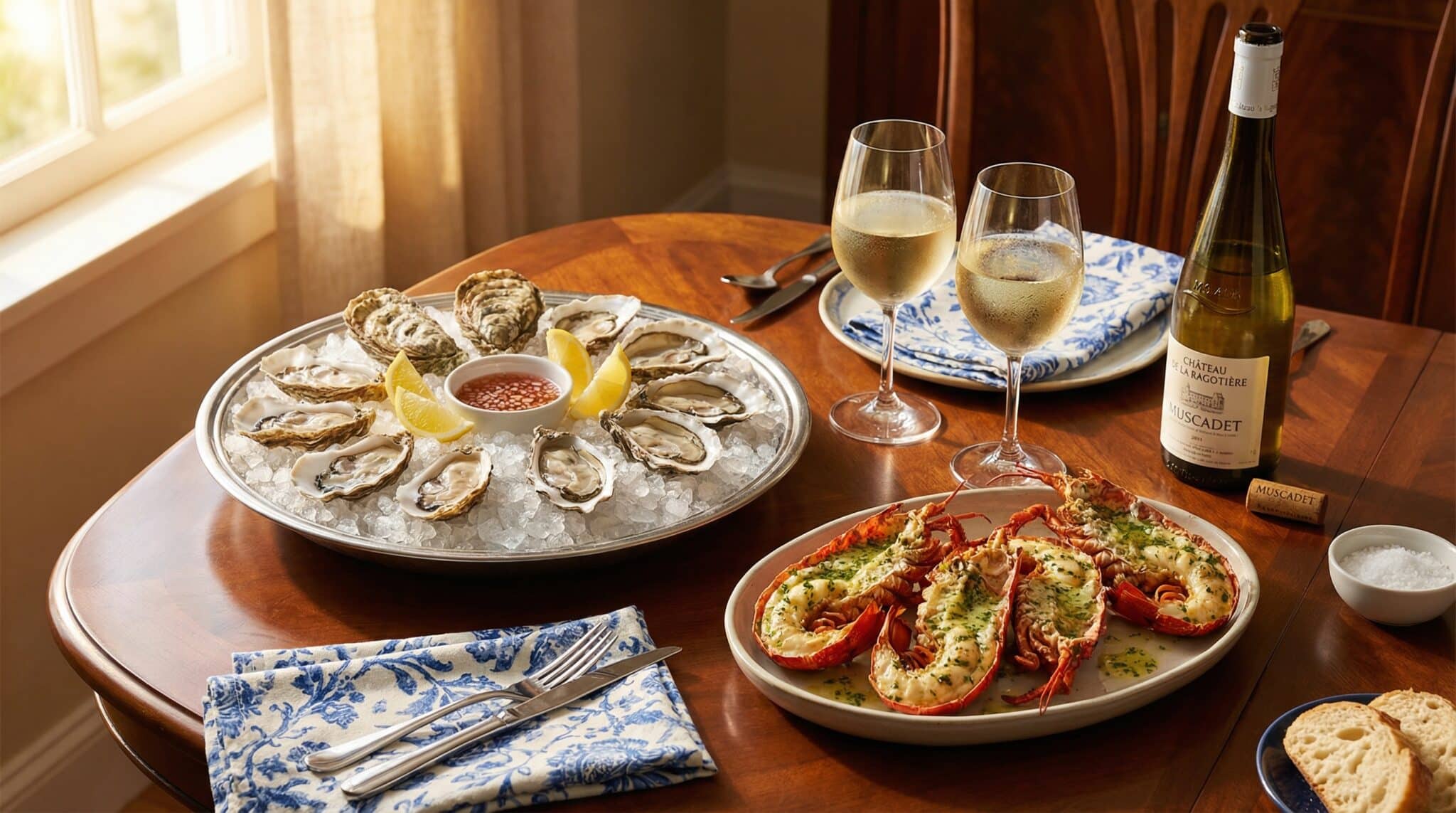Got a shellfish allergy? You’re probably already steering clear of shrimp, crab, and lobster.
But here’s the tricky question: What about imitation crab?
You might think “fake crab” means you are in the clear, right? Not so fast!
Many imitation crab products actually contain real shellfish ingredients or get cross-contaminated during processing.
And with shellfish allergies, even trace amounts can trigger serious reactions.
So, before you grab that California roll or crab salad, let’s dig into what’s really lurking in imitation crab.
What is Imitation Crab?
Imitation crab, or surimi, is a processed food made to look and taste like real crab. It’s often used in sushi, salads, and seafood sticks.
It’s usually made from white fish like pollock, mixed with starch, sugar, egg whites, and flavorings.
But some brands add real crab extract or shellfish-based flavors, which can trigger allergies.
Even if it doesn’t list crab, it may still be made in the same place as real shellfish, causing cross-contact.
So, if you have a shellfish allergy, imitation crab may not be safe to eat.
Is Imitation Crab Safe for People with Shellfish Allergy?

For someone with a shellfish allergy, imitation crab is not a safe choice.
Even if the main ingredient is fish, added flavorings and cross-contamination risks make it unsafe.
Some people may react even if they don’t directly consume shellfish but eat something that came in contact with it.
Reading labels carefully can help, but it’s not always enough.
If you are not sure about a product, it’s better to skip it or contact the company directly to ask.
Why Imitation Crab Isn’t Always Safe?
| POSSIBLE REACTION | DESCRIPTION |
|---|---|
| Itchy lips or mouth | Early signs of an allergic reaction |
| Sudden rash | Skin may develop hives or redness |
| Nausea or stomach pain | Digestive upset soon after eating |
| Trouble breathing | Can escalate quickly; may include wheezing or shortness of breath |
| Throat swelling | A dangerous symptom that can restrict airflow |
| Anaphylaxis | Severe, life-threatening reaction requiring immediate emergency treatment |
Pro Tip: Most severe allergic reactions occur within minutes of exposure; trust your instincts and don’t wait to see if symptoms worsen.
How Common is Shellfish Allergy & Its Symptoms?
Shellfish allergy is one of the most common food allergies, especially in adults, and it often lasts a lifetime.
It can develop unexpectedly, even in people who have eaten shellfish before without any problems.
Symptoms vary from person to person and may include hives, itching, swelling, stomach pain, nausea, vomiting, or diarrhea.
In more serious cases, it can cause throat tightness, difficulty breathing, dizziness, or even fainting.
The most severe reaction is anaphylaxis, a life-threatening emergency.
Because even small amounts can trigger symptoms, it’s very important to avoid foods like imitation crab that may contain or come into contact with shellfish.
How to Diagnose a Shellfish Allergy?
If you think you may have a shellfish allergy, visit an allergist.
They will ask about your symptoms and food history, and may suggest one or more of the following tests:
- Skin Prick Test – Small amounts of allergens are pricked into the skin to see if there’s a reaction
- Blood Test – Measures the level of allergy-related antibodies in your blood
- Oral Food Challenge – You eat small amounts of the suspected allergen under medical supervision
These tests can help confirm the diagnosis and identify which specific shellfish (if any) you’re allergic to.
What to Do If You Accidentally Eat Imitation Crab?
Accidentally ate imitation crab and feeling off?
First, don’t panic. For mild reactions like itching or a rash, pop an antihistamine like Benadryl and monitor how you feel.
But if you are having trouble breathing, chest tightness, facial swelling, or dizziness, this is serious business.
Use your EpiPen immediately if you have one, then call 911. These are signs of anaphylaxis, which can be life-threatening.
Feeling faint? Lie down and elevate your legs to help blood flow. Skip eating or drinking anything else until you’re cleared by a doctor.
Even if you feel better after taking medication, still see a healthcare provider. Allergic reactions can have a sneaky second wave hours later.
Does Surimi Contain Shellfish?
While surimi (imitation crab) is mainly made from white fish, it may still pose a risk for people with shellfish allergies. Here’s why:
1. Presence of Shellfish Extracts
Although surimi is mainly made from white fish like pollock, some brands add small amounts of real crab or lobster extract (usually less than 2%) to mimic the flavor of real crab.
For people with shellfish allergies, even these tiny amounts can trigger serious allergic reactions, making surimi potentially unsafe.
2. Risk of Cross-Contamination
Surimi is often processed in the same facilities and on the same equipment as real shellfish. Without strict cleaning and separation practices, trace amounts of shellfish proteins can end up in the final product.
This makes imitation crab a risky choice for those with shellfish allergies, even when shellfish isn’t listed on the label.
Frequently Asked Questions
Can a Person React to Imitation Crab Just By Touching It?
Yes, people with severe allergies may react to skin contact. Touching imitation crab and then touching your mouth or face can lead to a reaction.
Are There Shellfish-Free Alternatives to Imitation Crab?
Some brands make vegan imitation crab using plant-based ingredients. These are a safer option for people with shellfish allergies, but always check the label.
Can Cooking Imitation Crab Reduce The Allergy Risk?
No. Heat does not destroy shellfish allergens. Cooking imitation crab won’t make it safe if it contains shellfish ingredients.
Do Airlines or School Cafeterias Use Imitation Crab?
Some do, especially in seafood salads or sushi. Always ask food service staff and avoid anything unlabeled.







